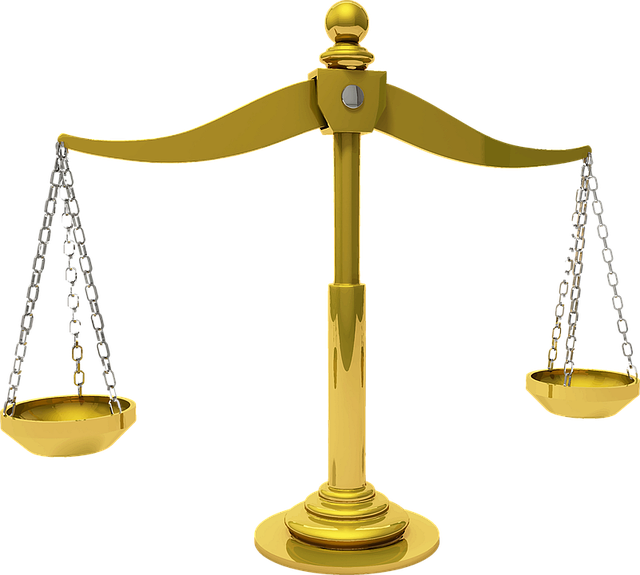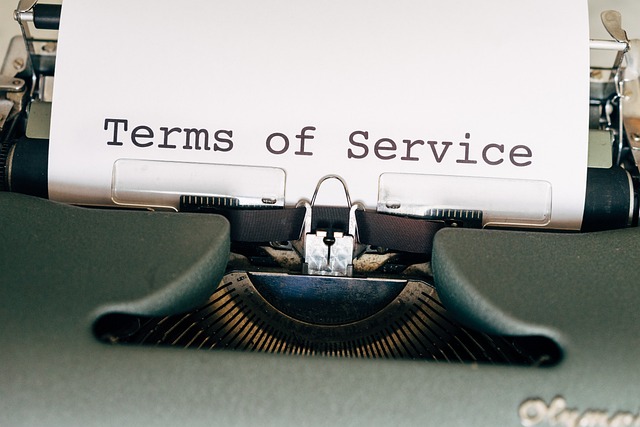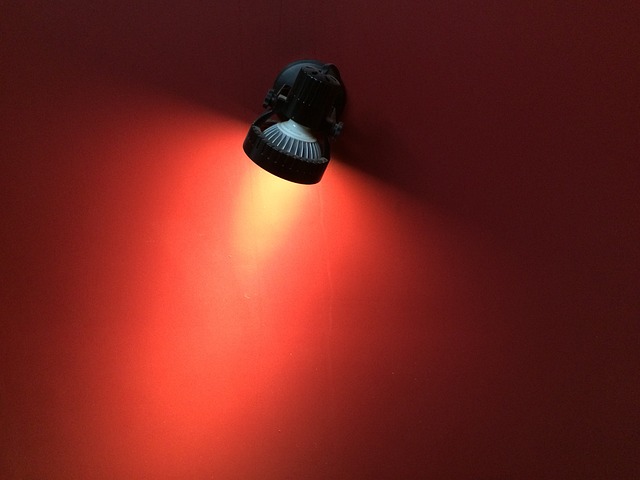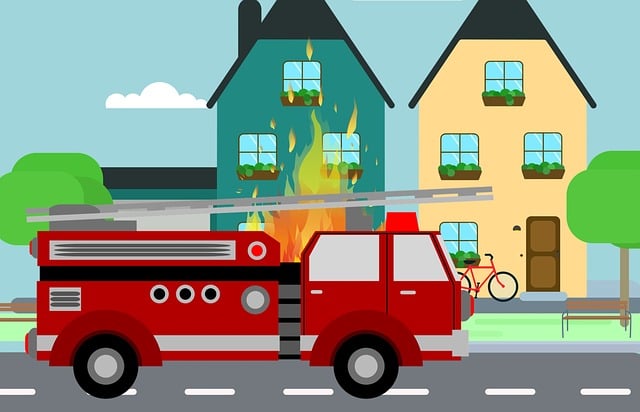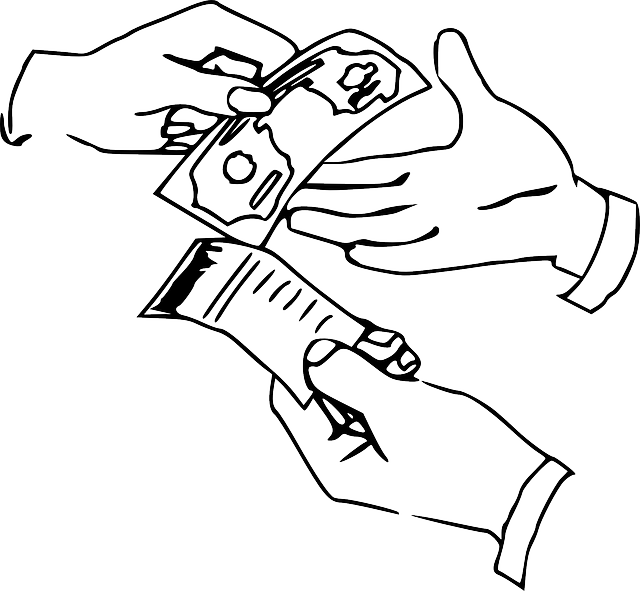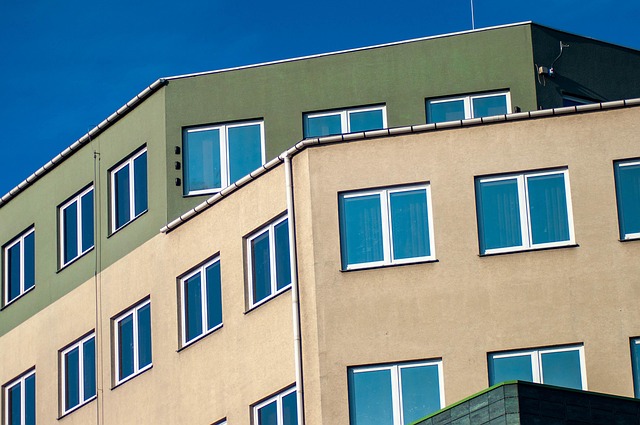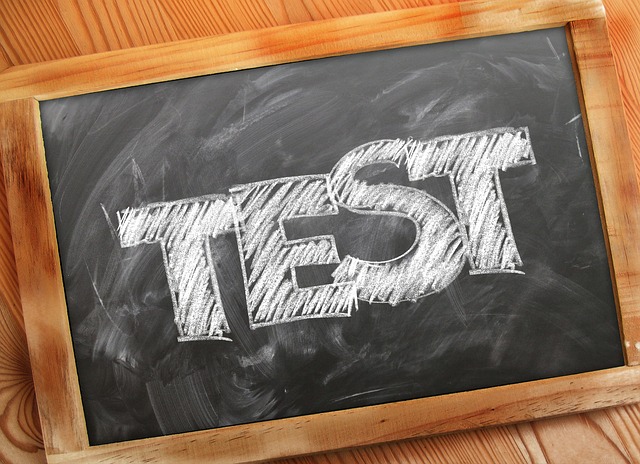Real estate mold inspections are crucial for identifying hidden mold growth in hard-to-reach areas like walls, attics, and crawl spaces. Key hotspots include basements, bathrooms, kitchens, exterior walls, and insulated spaces prone to high humidity. Moisture issues, caused by leaks or poor ventilation, reduce property value and pose health risks. Regular inspections, leak repairs, proper ventilation, and dehumidifiers prevent mold growth while maintaining indoor air quality.
“Uncovering hidden threats: Common Mold Problems in Real Estate Transactions. In the world of real estate, a thorough understanding of potential hazards is key. One such risk, often overlooked, is mold—a silent invader capable of causing significant damage and health issues. This article guides you through the process of identifying hidden mold sources during real estate transactions, focusing on common growth areas, and offering effective prevention strategies to safeguard your investment. Discover how moisture-related issues impact property value and learn essential tips for a successful post-purchase mold prevention plan.”
- Identifying Hidden Mold Sources in Real Estate
- Common Areas for Mold Growth During Home Inspections
- The Impact of Moisture on Property Value and Health
- Effective Strategies for Mold Prevention Post-Purchase
Identifying Hidden Mold Sources in Real Estate
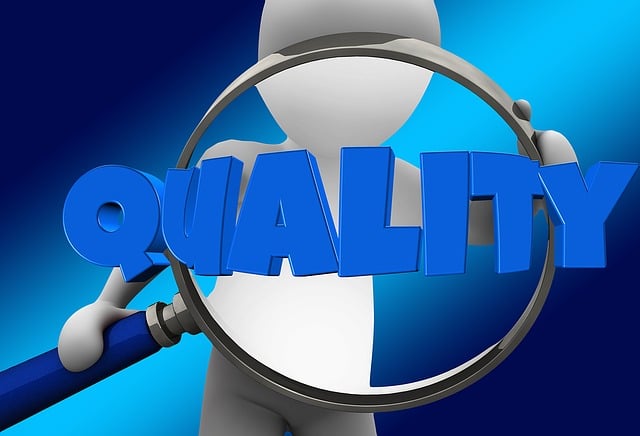
In real estate transactions, hidden mold sources can often go unnoticed until a thorough inspection is conducted. Mold thrives in dark, damp spaces—areas that may be difficult to access or visually inspect during a regular home viewing. This includes spaces behind walls, under floors, and within attics or crawl spaces. A professional real estate mold inspection is crucial to identifying these hidden sources.
Such inspections employ specialized equipment and expertise to detect even the faintest signs of mold growth. They also assess potential moisture intrusion from plumbing leaks, roof damage, or poor ventilation, which can create ideal conditions for mold to flourish. By addressing these issues early in the real estate process, buyers and sellers alike can mitigate health risks associated with mold exposure and ensure a safer, healthier living environment post-transaction.
Common Areas for Mold Growth During Home Inspections

During a home inspection, several common areas often emerge as hotspots for mold growth. Basements and attics top the list due to their reduced air circulation and higher humidity levels, making them susceptible to moisture buildup—a prime condition for mold development. Other frequent sites include bathrooms, where leaks or poor ventilation can foster mold colonies behind walls or under flooring. Kitchens are also vulnerable, especially around sinks and appliances, as water leaks or excess condensation may go unnoticed, leading to silent mold growth.
Furthermore, exterior areas like crawl spaces and the exteriors of walls can harbor mold, particularly in regions with high rainfall or humidity. Insulated walls, floors, and ceilings provide an ideal environment for mold to thrive, often hidden from immediate view. A thorough real estate mold inspection involves checking these hotspots, as well as examining visible signs of water damage or stains that could indicate past or present mold issues.
The Impact of Moisture on Property Value and Health

Moisture is a significant factor in real estate transactions, as it can have both positive and negative impacts on property value and health. High moisture levels, often caused by leaks, condensation, or poor ventilation, create an ideal environment for mold growth. This not only reduces the property’s value but also poses serious health risks to occupants. Prolonged exposure to mold can lead to respiratory issues, allergies, and even neurological problems, making it a concern for buyers and sellers alike.
A thorough real estate mold inspection is essential to identifying and addressing moisture-related issues before they become major problems. By checking for signs of water damage, mold growth, and inadequate ventilation, potential buyers can make informed decisions and avoid costly repairs or health complications down the line. This proactive approach ensures that the property remains a valuable asset and a safe living space.
Effective Strategies for Mold Prevention Post-Purchase

After purchasing a property, it’s crucial to implement proactive measures to prevent mold growth, especially if you’re in a humid climate or have experienced water intrusions. A comprehensive real estate mold inspection should be conducted post-purchase to identify any existing issues. Start by addressing any leaks promptly and ensuring proper ventilation throughout the home. Regular cleaning and maintenance are key; use natural, mold-inhibiting products to clean surfaces and consider using dehumidifiers in areas prone to moisture buildup.
Additionally, maintain a consistent indoor relative humidity below 50% to deter mold growth. Keep an eye out for potential sources of water intrusion, such as outdated or damaged roofing, windows, or pipes, and repair them promptly. Regularly inspect hidden areas like basements, attics, and crawl spaces, as these are breeding grounds for mold. Preventative measures, when combined with regular inspections, can help ensure a healthy living environment and mitigate potential real estate mold-related issues.
